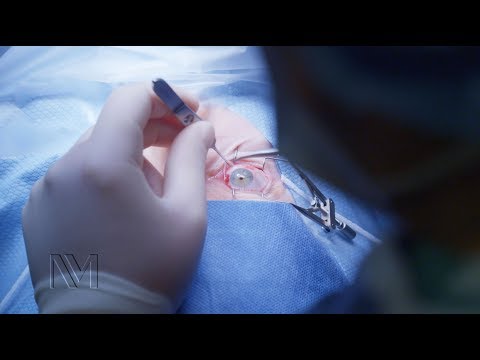Overview
What Is a Cataract?
A cataract is a film that develops in your eye’s lens, the round focusing structure that sits behind the cornea and iris (colored part) of the eye. The lens comprises water and protein fibers, and when the protein fibers break down over time, they form opaque clumps that create a cataract.
When you have a cataract, light cannot pass unobstructed through your cloudy lens, and the image cannot be focused clearly on your retina. The result is blurry vision.
Cataracts are most commonly associated with aging. About half of Americans over age 65 have cataracts, and the number rises to 70 percent in Americans over age 75. Rarely, babies can be born with congenital cataracts, some of which need to be removed.



